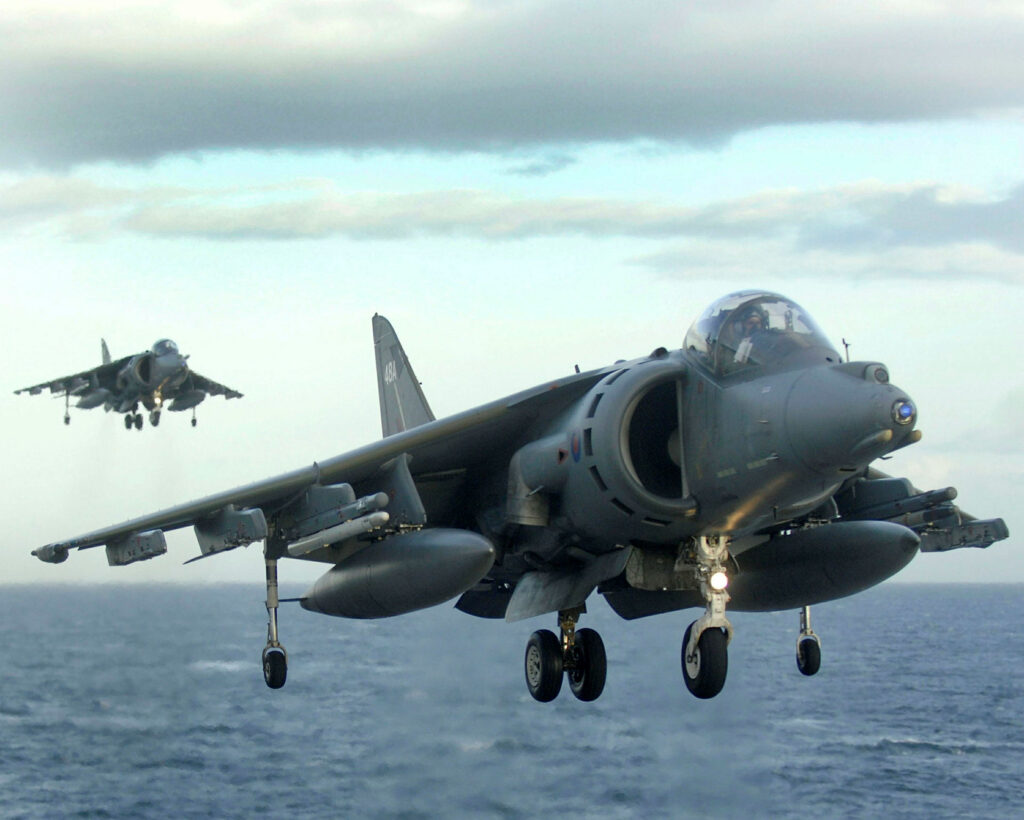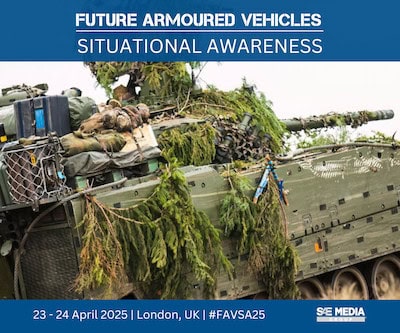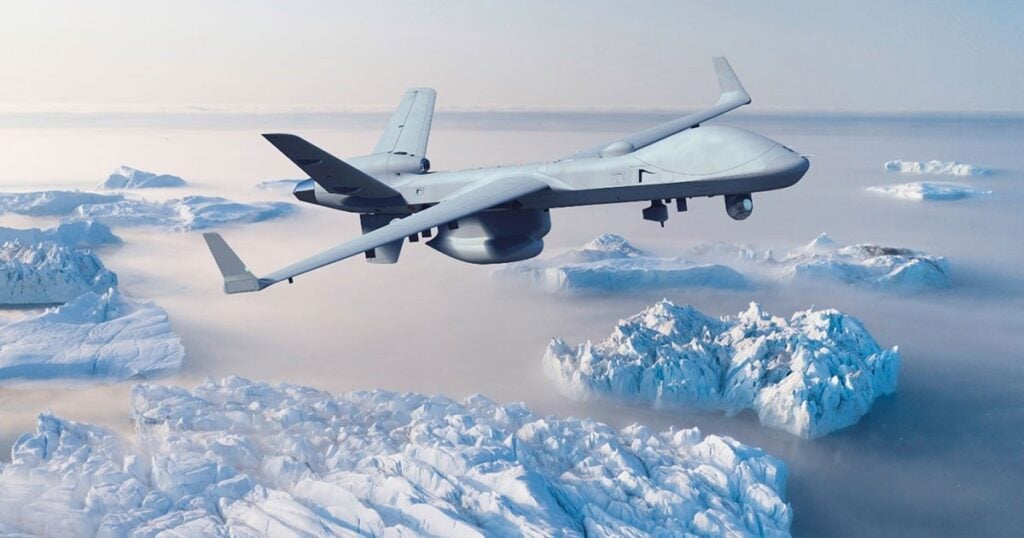
The Harrier GR7 and GR9 series represent the Royal Air Force’s evolution of the Harrier family, emphasizing close air support, ground attack, and reconnaissance roles. Built by British Aerospace (now BAE Systems) in partnership with McDonnell Douglas, these aircraft were instrumental in extending the versatility of the Harrier platform into modern combat scenarios.
Design and Development of the Harrier Jet
The Harrier GR7 debuted in the late 1980s as an enhanced version of the earlier GR5, incorporating improved avionics, more advanced night-attack capabilities, and a new radar warning receiver. The GR9/9A series later followed with further upgrades, including compatibility with a broader range of smart weapons, enhanced avionics, and precision-guided munition systems.
Notable features include a unique Pegasus turbofan engine enabling vectored thrust for V/STOL operations, making the aircraft particularly valuable in expeditionary roles where traditional runways are unavailable.
Features and Avionics
Avionics Suite: GR9 models integrated advanced navigation and targeting systems, including the digital Moving Map Display (MMD) and Forward-Looking Infrared (FLIR) sensors. The platform could carry the Litening targeting pod for improved precision.
Weapons Compatibility: The GR9 series was armed with an array of weaponry, such as Paveway IV laser-guided bombs, Brimstone missiles, and CRV-7 rockets, expanding its strike versatility.
Defensive Systems: The aircraft featured radar warning receivers, chaff/flare dispensers, and electronic countermeasures for survivability in contested airspace.
Performance of the Harrier Jet
The Harrier GR7/7A and GR9/9A variants offered robust performance, excelling in low-altitude, high-agility missions. The aircraft’s top speed exceeded Mach 0.9, and it could carry up to 9,200 pounds of ordnance across five hardpoints.
The GR9A utilized an upgraded Rolls-Royce Pegasus Mk 107 engine, delivering enhanced thrust for improved payload and operational range, compared to the GR7’s Pegasus Mk 105.
Operational History
These aircraft played significant roles in various NATO and coalition operations, including deployments to the Balkans, Iraq, and Afghanistan. Their ability to operate from aircraft carriers, expeditionary airstrips, and forward-deployed bases underscored their adaptability and strategic importance.




















